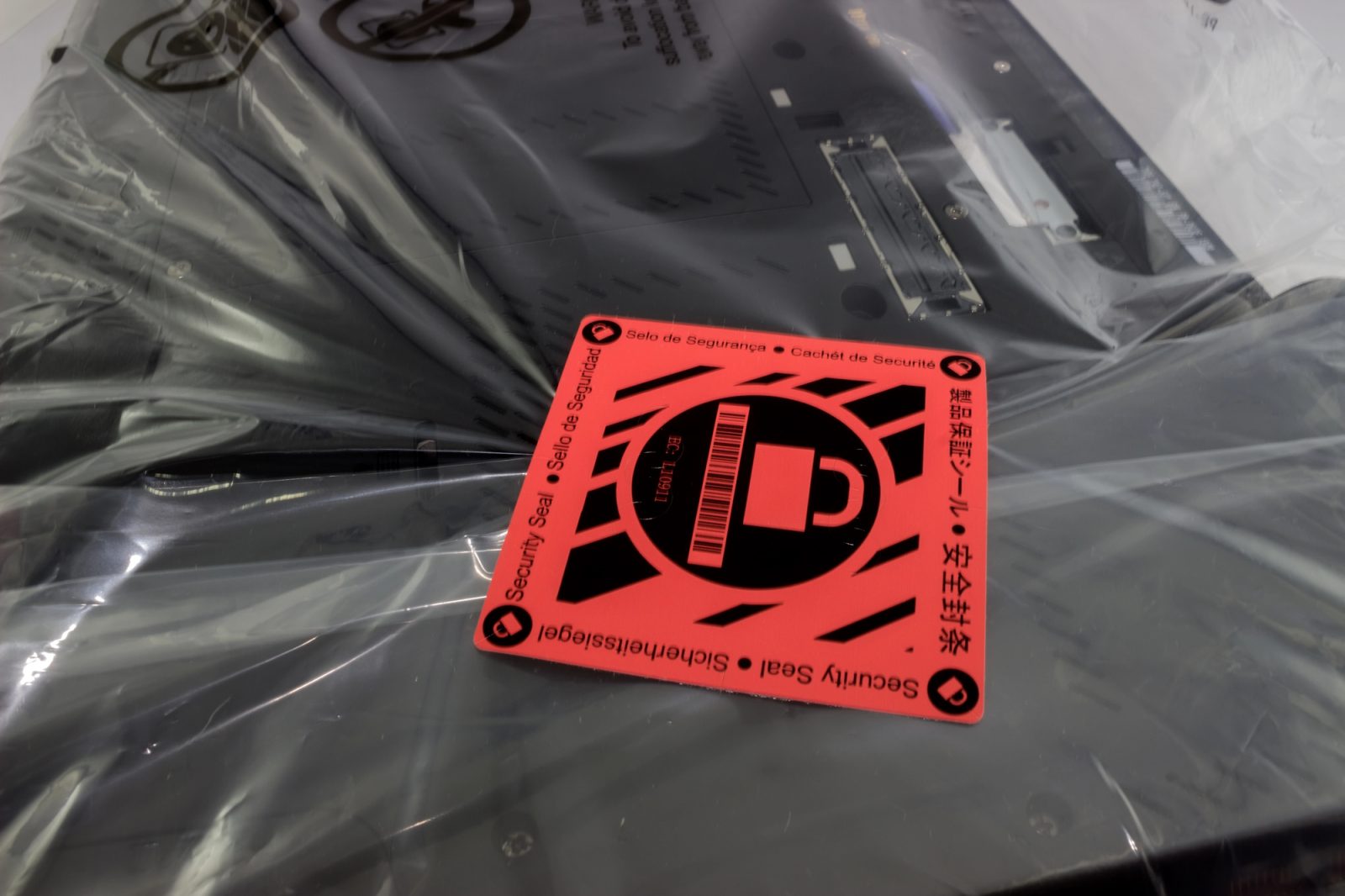Ensuring product safety has never been more important. From protecting consumer trust to complying with regulations, tamper-evident technology plays a critical role in today’s business landscape. But this isn’t a new concern.
Across centuries, methods have evolved to secure goods and guarantee authenticity. Understanding the evolution of tamper-evident technology provides valuable insights into effectively securing products.
Why Tamper-Evident Technology Matters
For product managers and quality control experts, tamper-evident technology serves as a critical safeguard, not merely a packaging detail. It protects product integrity, protects consumers, and strengthens brand credibility.
Beyond consumer trust, the role of security seals in regulatory compliance cannot be underestimated, especially in industries like pharmaceuticals or food production. By preventing contamination, counterfeiting, or illegal activity, tamper-evident solutions remain indispensable in today’s supply chains.
The Early Days: Wax Seals and Primitive Methods
Tamper-evident technology has its roots in the ancient world. Early methods, such as wax seals on letters and containers, served a dual purpose. They authenticated the sender and provided clear evidence of tampering.
Simple as they were, these measures marked the beginning of a long journey toward innovation. Wax seals and other methods show the enduring importance of physical evidence in protecting goods and information.
The Rise of Modern Packaging Innovations
By the 20th century, consumer goods required a more sophisticated approach to tamper evidence. The rise of plastic shrink wraps, induction seals, and tamper-evident bands brought about a revolutionary step forward.
These innovations ensured visible damage if tampered with and became integral to mass production processes. Suddenly, manufacturers could ensure safety at scale, fortifying consumer trust while staying ahead of tampering sabotage.
The Tylenol Tragedy: A Turning Point for Product Safety
In 1982, the Tylenol tragedy became a watershed moment for product safety. Several bottles of Tylenol were found to have been tampered with and laced with cyanide, leading to tragic fatalities.
This crisis exposed vulnerabilities in product packaging and catalyzed the widespread adoption of tamper-evident security measures. Manufacturers swiftly implemented advancements such as foil seals and breakable caps, revolutionizing packaging technology and ensuring consumer safety on an unprecedented scale.
Digital Advancements: Smart Tamper-Evident Solutions
Stepping into the digital age, tamper-evident technology has grown smarter than ever before. QR codes, NFC tags, and blockchain integration allow businesses to monitor product authenticity in real time.
These technical tools provide instant alerts for tampering and offer consumers unprecedented transparency about a product’s origins. This leap demonstrates how far the evolution of tamper-evident technology has come, making products safer and more secure than at any point in history.
Tamper-evident technology continues to evolve, providing peace of mind to businesses and consumers alike. Its development reflects our commitment to safety and innovation.
Recommended: How to Incorporate Smart Packaging Technology















